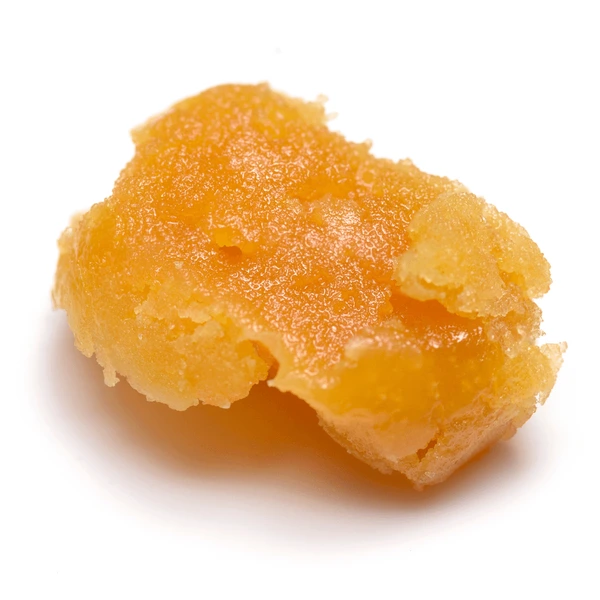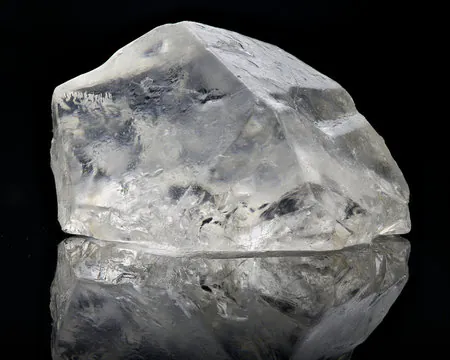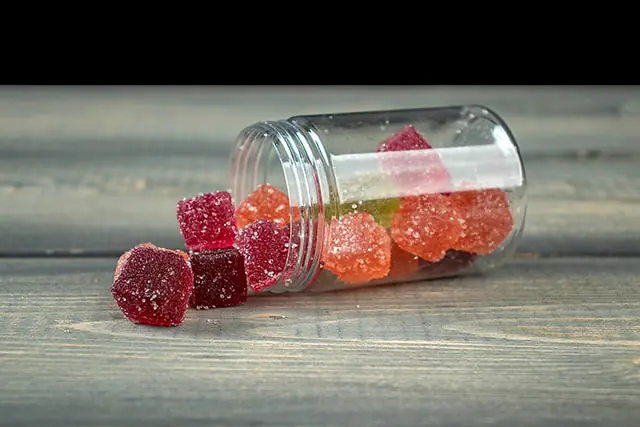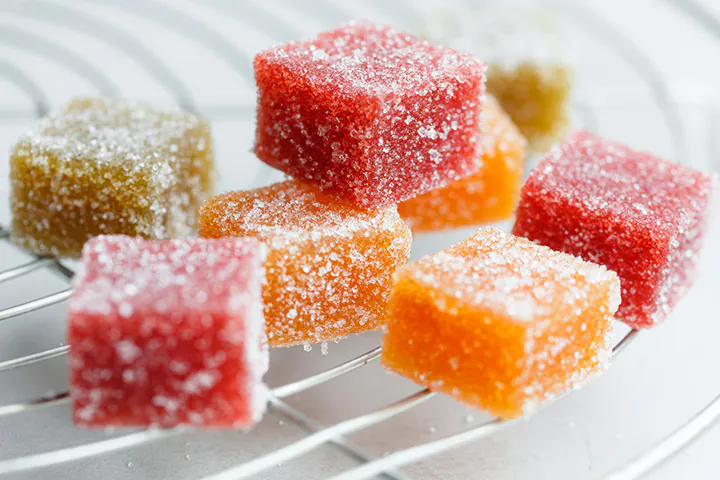In the ever-evolving landscape of cannabis concentrates, terminology can sometimes be as complex and varied as the products themselves. Two terms that often cause a stir among enthusiasts and newcomers alike are “THCA badder” and “THCA batter.” While they might sound like distinct products, a closer look reveals that they are, in fact, the same thing, just cloaked in different linguistic garb.
THCA Badder vs. THCA Batter: A Linguistic Mix-Up?
The cannabis community is no stranger to creative and diverse nomenclature. “THCA badder” and “THCA batter” are prime examples of this. Both terms describe a cannabis concentrate that boasts a unique, malleable consistency – much like cake batter or softened butter. The difference in spelling is largely attributed to regional dialects and personal preference, rather than any difference in the product itself.
Understanding the Roots of the Terms
To fully appreciate these terms, it’s essential to understand their origins. Both “badder” and “batter” stem from the concentrate’s texture. This consistency is achieved through specific extraction and purging processes that result in a creamy, spreadable substance. Much like how the word “color” becomes “colour” across different English-speaking regions, “THCA batter” might transform into “THCA badder” depending on who you ask.
Why the Confusion?
The confusion between these terms likely stems from the auditory similarity and the cannabis industry’s informal approach to naming conventions. Unlike traditional industries with strict terminology, the cannabis world often embraces linguistic flexibility, leading to multiple names for the same product. As the industry matures and standardizes, we might see more uniformity in terminology, but for now, “badder” and “batter” coexist peacefully, referring to the same delightful concentrate.
Now that we’ve cleared up the linguistic haze surrounding THCA badder and batter, let’s focus on what THCA batter is, its unique characteristics, and the process behind its creation. This concentrate isn’t just popular for its potency; it also has a fascinating science behind it.

The Essence of THCA Batter
THCA batter is a cannabis concentrate known for its creamy, pliable texture. The name “batter” aptly describes its consistency, which is reminiscent of cake batter – not too solid and not too liquid. This texture makes it particularly user-friendly, especially for those who are new to cannabis concentrates.
The Making of THCA Batter
The creation of THCA batter is both an art and a science. It begins with the extraction of THCA (Tetrahydrocannabinolic acid) – the non-psychoactive precursor to THC found in the raw cannabis plant. The extraction process typically involves the use of solvents like butane or CO2, which pull out the essential compounds from the plant material.
After extraction, the concentrate undergoes a purging process to remove the solvents. This is where the magic happens – the concentrate is agitated and sometimes whipped, which introduces air into the mixture, transforming its texture into the soft, spreadable form that we know as batter. This process not only affects the texture but also helps in preserving the terpenes, the compounds responsible for the aroma and flavor of the cannabis plant.
Why It Stands Out
One of the reasons THCA batter stands out in the crowded field of cannabis concentrates is its balanced combination of potency and flavor. The gentle processing helps retain a rich terpene profile, making it a favorite among those who appreciate the aromatic and flavorful nuances of cannabis. Additionally, its malleable texture makes it easy to handle and consume, particularly for dabbing, a popular method of vaporizing concentrates.
Conclusion: Clarifying the Cannabis Concentrate Confusion
As we journey through the dynamic world of cannabis concentrates, it’s clear that terminology plays a significant role in both understanding and appreciating these products. This article has explored the curious case of badder and batter, two terms that, despite their different spellings, refer to the same unique cannabis concentrate.
Recap of Key Points
- Linguistic Flexibility: We began by decoding the terminology, highlighting how “THCA badder” and “THCA batter” are essentially different spellings for the same product. This variation is more a matter of regional linguistic preferences than any difference in the concentrate itself.
- What is THCA Batter?: We delved into the essence of batter, a concentrate prized for its creamy, versatile texture, akin to cake batter. Its production involves sophisticated extraction and purging processes, which not only give it its distinctive consistency but also preserve the rich terpene profile.
- The Appeal of THCA Batter: Beyond its texture, we discussed why batter stands out – its balance of potency and flavor. The preservation of terpenes during the production process makes it a favorite among enthusiasts who value both the effects and the sensory experience of cannabis.
Embracing the Evolving Cannabis Vocabulary
As we conclude, it’s important to acknowledge that the cannabis industry is ever-evolving, not just in its products but also in its vocabulary. The case of badder and batter is a perfect example of this evolution. While today these terms are used interchangeably, the future may see a more standardized cannabis vocabulary. However, the essence of these products remains unchanged – providing a potent, flavorful, and enjoyable experience for users.
In the world of cannabis concentrates, understanding the nuances behind terms like badder and batter is more than just a linguistic exercise. It’s a journey into the heart of cannabis culture, showcasing the innovation and diversity that defines this ever-growing industry.




